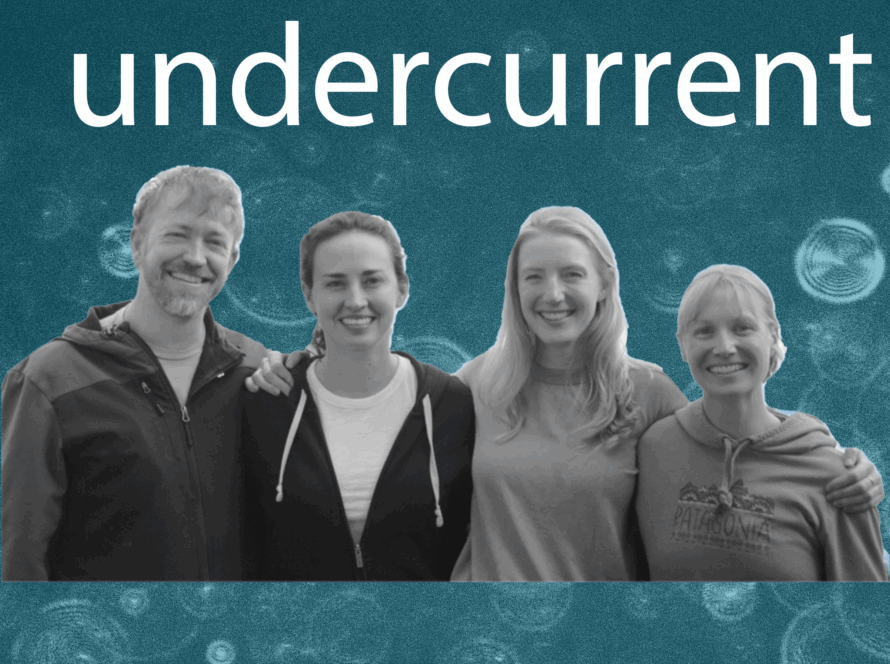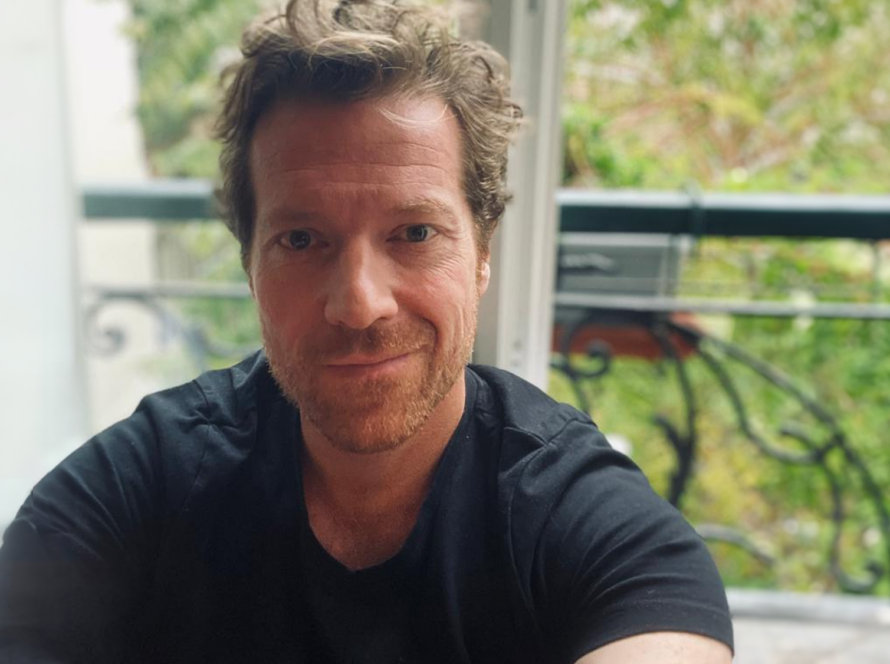Q: Can you explain your project to me in simple terms?
The IPCC says we need to remove around 5-10 Gigatons of CO2 by 2050 per year. Cement accounts for 7-8% of all emissions. If concrete were a country, it would rank behind only China and the US in emissions. And Africa is rapidly urbanising—by 2050, it will house roughly a quarter of the world’s population.
If this is done with normal concrete, we’re in for a climate disaster. Every kilogram of concrete poured now is a guarantee of carbon stored away for the future.
That’s what we’re solving at ZEN Carbon through carbon mineralization. We inject CO2 into concrete during mixing and it reacts with calcium carbonate to form stable minerals. This increases the strength of the concrete, which allows us to decrease the cement content.
It’s win-win: first, you store the CO2 permanently. Even if the building is demolished it’s still locked inside the structure. Second, the carbon allows us to reduce cement content, which further reduces emissions.
Q: What inspired you to work on this idea? How did you get here?
Concrete wasn’t our first choice. Initially, we were converting CO2 to synthetic fuel. But our mission is to permanently store away CO2—and synthetic fuel still releases some back to the atmosphere. One of my cofounders has a background in construction management and proposed: why not turn the carbon into concrete and make concrete a carbon sink? It gives us the permanence we sought.
Q: What’s your vision for the ideal outcome?
Currently we’re starting with precast concrete blocks. Our vision is to scale to retrofitting multiple concrete plants across Kenya and beyond. We want to permanently store away 50,000 tons of CO2 by 2030. Some call it ambitious, but I think it’s achievable.
Q: And what will make this project challenging? What are the barriers/obstacles to success or implementation?
We’re looking at an industry that’s gone two centuries without major innovation. We’re trying to move the construction industry from prescriptive specs to performance specs. Right now, the industry runs on prescriptive specs: minimum cement content, minimum water-to-cement ratio. We’re telling them: it doesn’t matter what goes into your concrete so long as it meets the performance specs you need. But convincing them is hard. That’s the biggest challenge.
Q: How will you get industry on board?
We’re injecting CO2, which helps us reduce cement content. Beyond reducing emissions, there’s the cost angle. A lot of sustainable solutions only focus on emissions, but we’re solving emissions while making it cost-effective — plants don’t have to go out of their way in terms of CAPEX.
Plus: in lab tests, our concrete has been as much as twice as strong as standard concrete, which is really exciting.
Q: What have you achieved so far?
We’re working with Octavia Carbon, a Direct Air Capture company, to use their CO2. We’re working on an MOU with the Institute of Cement and Concrete in Kenya to cultivate the skilled workforce. We’re in conversation with Rhombus Concrete to do trials.
We’re about to run a pilot. We want to be the first mineralization startup worldwide to get from lab to pilot in under six months. Speed is crucial—the global window to solve the climate crisis and keep warming to 1.5C is rapidly closing. We have no time to waste.
Q: Why has no one else done this yet?
Apart from the general technicalities, it’s cost. The project has to be feasible.
Having a local team — from the founding team to the technical team to components sourcing to pilot size — cuts costs hugely. Compared to someone with the same technology in America, we’ve cut our costs almost in half by sourcing everything locally. That’s the biggest factor in being able to deliver on this.
Q: Why are you keen on sourcing carbon from Direct Air Capture plants?
We are fully doubling down on getting our CO2 supply from the growing DAC plant sector in Kenya. It’s end to end removal: first we suck CO2 out of the air, then we sequester it in concrete.
That said, we do not want to rely solely on DAC. It’s a growing industry, so might not reach the scale we require. In terms of derisking, it’s safer to have a few options on the table. That’s why we’re also talking to breweries and a biogas plant.
Q. What do you wish people outside the climate space knew, that those inside the climate space already know?
I think there’s this narrative that Africa is the victim of climate change. In our case we’re trying to position Africa as the solution giver — solutions made by us, for us. Solutions are brought to people fast enough to matter. We don’t have a 10 year period for experimentation. We want to do it now and scale as we go.
We have a skilled workforce ready in Kenya. Not just skilled, but young and skilled, ready to put in the work. There’s also the notion that Africa needs the solution more than Europe. By 2050 we’re projected to house a quarter of the world’s population. So for us there’s not only the case of building, but building sustainably. And that local solutions can provide solutions to global challenges.




